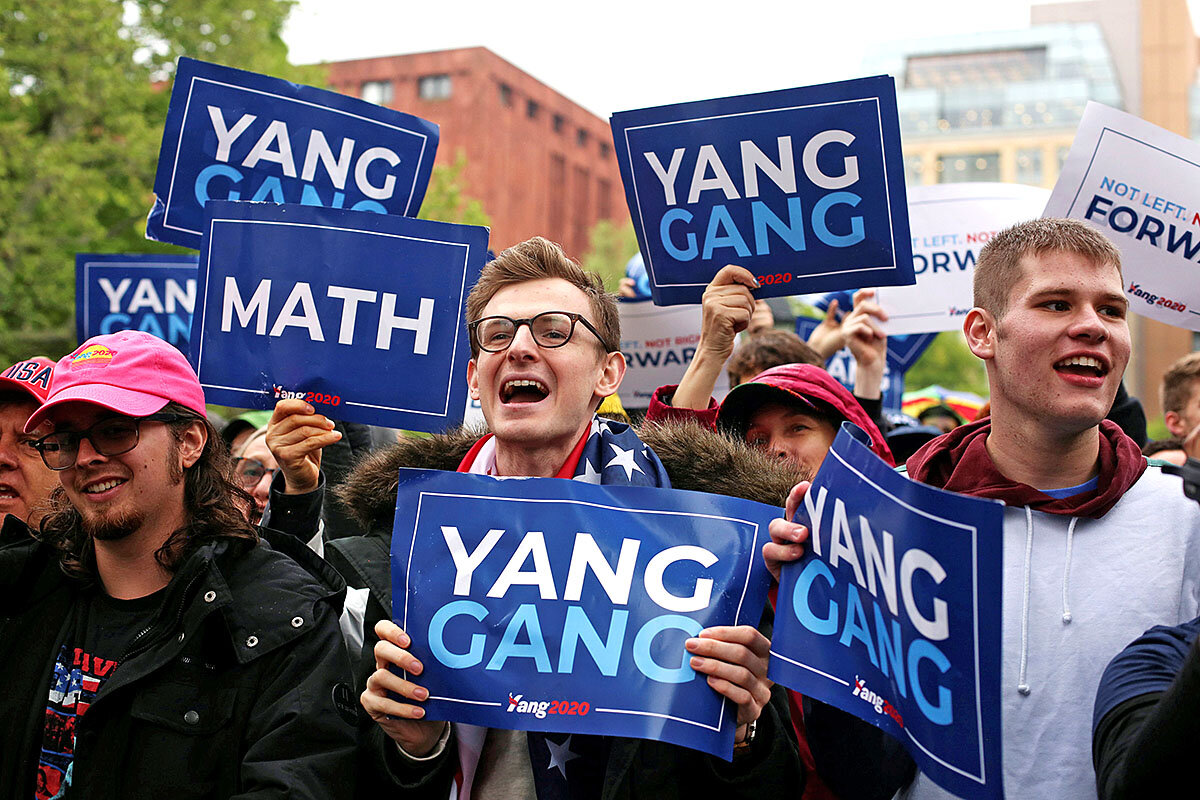The China trade war reflects President Trump’s long-held belief in the power of tariffs, and his drive to fulfill a campaign promise. At least for now, he’s willing to put the strong U.S. economy at risk in pursuit of that goal.
Monitor Daily Podcast
- Follow us:
- Apple Podcasts
- Spotify
- RSS Feed
- Download
 Noelle Swan
Noelle Swan
Some of Oregon’s most fragile residents are beginning their lives in prison. And they’re off to a good start.
At Oregon’s only women’s prison, inmates are helping to raise endangered butterflies. The Taylor's checkerspot butterfly was once a common sight throughout the Pacific Northwest, but development has since encroached on its native grassland habitat. In Oregon, only two wild populations remain. Inmates at the Coffee Creek Corrections Center are helping to change that. This spring, the lab’s inmate technicians successfully reared 476 checkerspots for biologists to release into the wild.
Entrusting convicts with the care of living things may seem counterintuitive. But for the women working in the Coffee Creek butterfly conservation lab, the chance to nurture life is an act of restorative justice.
It’s an idea that has taken hold at a smattering of correctional facilities in the United States. Washington is a hotbed for these programs, thanks to the state’s Sustainability in Prisons Project. But similar programs are cropping up elsewhere. In Omaha, Nebraska, prisoners tend gardens designed to offer respite to migrating Monarch butterflies. And in Marion, Ohio, prisoners have found a sense of purpose in raising salamanders.
As Sarah Martin, a Coffee Creek inmate serving a life sentence, told Atlas Obscura, raising butterflies has brought her a sense of peace in a world full of chaos. “It’s such a rare opportunity to help sustain the life of an endangered species,” she says. “It feels so good to give a little back.”
Now on to our five stories for today, including an in-depth examination of the hidden costs of free college and a window on a 500-person experiment in disagreement as a path to understanding.











